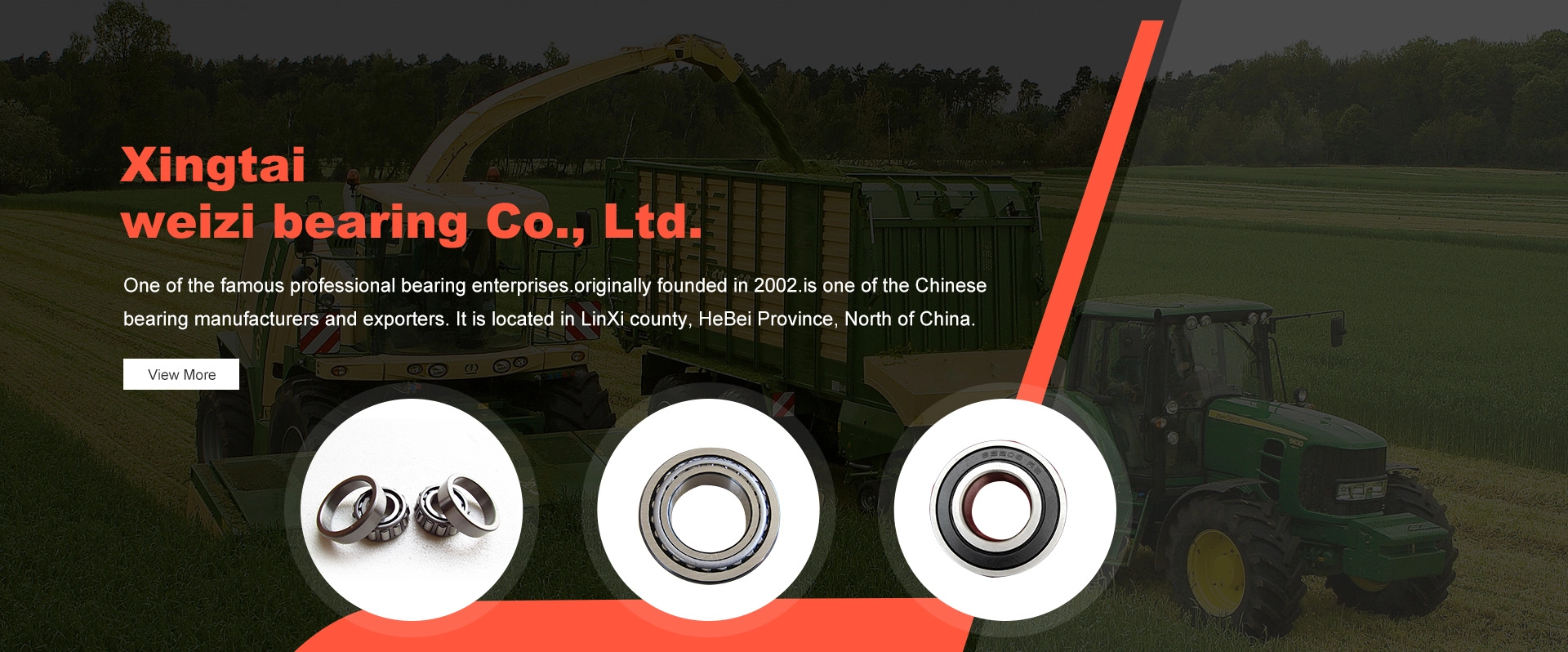
Oct . 21, 2024 20:18 Back to list
Thrust Ball Bearings Designed for Shaft End Applications in Machinery
Thrust Ball Bearings for Shaft Ends An Overview
Thrust ball bearings are specialized components designed to support axial loads in a variety of mechanical systems. They consist of two grooved rings and a set of balls that move freely within these grooves. These bearings are particularly useful for applications where rotary motion is present and there are significant thrust forces acting along the shaft's axis.
Design and Functionality
The primary function of thrust ball bearings is to accommodate axial loads, which are the forces directed along the length of the shaft. Unlike radial ball bearings that handle radial loads (forces acting perpendicular to the shaft), thrust ball bearings are optimized to manage forces that push or pull along the axis of rotation. This unique design is essential for maintaining the stability and integrity of rotating equipment, including motors, pumps, and various machinery.
Thrust ball bearings are available in two configurations single direction and double direction. Single direction thrust ball bearings can only support axial loads in one direction, while double direction thrust ball bearings can accommodate loads in both directions. The choice between these configurations depends on the specific requirements of the application, including load direction, magnitude, and the type of machinery involved.
Material Selection
The materials used in thrust ball bearings are crucial to their performance and longevity. Typically made from high-quality chrome steel, thrust ball bearings can also be manufactured from stainless steel, ceramic, or special composites depending on the application environment. For instance, stainless steel bearings are favored in corrosive environments, while ceramic alternatives may be utilized in high-speed applications due to their lower density and friction.
thrust ball bearings for shaft ends

Applications
Thrust ball bearings find use in a wide range of industries, from automotive and aerospace to manufacturing and robotics. In automotive applications, they are commonly found in gearboxes and steering mechanisms, where they help control the movement of various components. In industrial machinery, these bearings are essential for the precise operation of turbines, where stability and low friction are paramount.
In robotics, thrust ball bearings are employed in actuators and joints, allowing for smooth and controlled movement. The need for reliability and minimal maintenance in these applications highlights the importance of selecting the right thrust ball bearing for any given task.
Installation and Maintenance
Proper installation and maintenance are critical for the longevity and effectiveness of thrust ball bearings. Misalignment during installation can lead to premature wear and failure, highlighting the importance of precision engineering in assembly processes. Additionally, regular maintenance, including inspection and lubrication, is necessary to ensure optimal performance. It is essential to follow manufacturer guidelines regarding lubrication intervals and types of lubricants to prevent overheating and damage to the bearings.
Conclusion
Thrust ball bearings are integral components in a multitude of machinery that require the management of axial loads. Their design, functionality, and material composition are tailored to meet specific operational needs, ensuring that equipment runs efficiently and reliably. Whether in automotive applications, aerospace technology, or industrial machinery, understanding the role and proper maintenance of thrust ball bearings can significantly enhance the performance and longevity of mechanical systems. As technology continues to advance, the evolution of thrust ball bearings will also play a pivotal role in optimizing various engineering solutions, ensuring that industries remain efficient and effective in their operations.
Latest news
-
Grooved Ball Bearing Design and Functionality
NewsJun.04,2025
-
Concrete Mixer Bearing Load Capacity Testing
NewsJun.04,2025
-
6004 Bearing Dimensions in Robotic Joint Designs
NewsJun.04,2025
-
Advantages of Single-Row Deep Groove Ball Bearings
NewsJun.04,2025
-
Applications of Deep Groove Ball Bearings in Automotive Systems
NewsJun.04,2025
-
Innovations in Bearing Pressing Machine Design
NewsJun.04,2025
